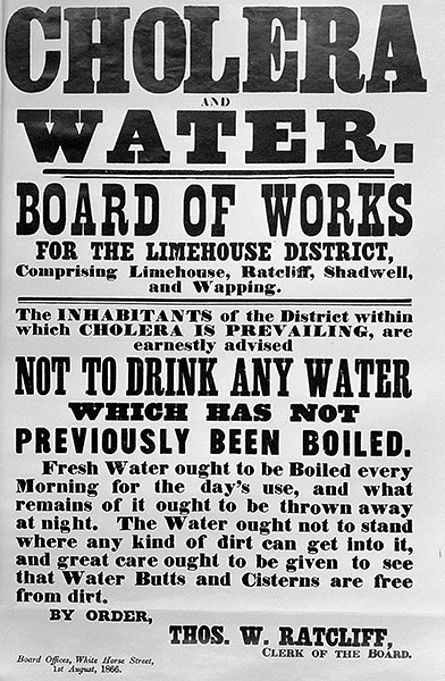What is Cholera
Briefly, Cholera presented itself as a significant public health challenge throughout the 19th century and played a pivotal role in shaping our modern understanding of sanitation and disease prevention. Beginning in 1817, Vibrio Cholerae primarily spread through the ingestion of contaminated water or food. Toxins in your intestine, once contaminated, induced rapid loss of fluids and electrolytes which lead to dehydrations and eventual death; symptoms included watery diarrhea, dehydration, and electrolyte imbalances which were often rapidly spreading in populations, specifically ones which had inadequate water treatment. Notably, John Snow’s investigation of the 1854 outbreak in London was a seminal moment as he mapped and identified sources of the outbreak, determining that Cholera came through contaminated public water sourced from the Broad Street pump. This was pivotal in not just controlling the spread, but also in understanding that waterborne illnesses are real. Because of Cholera and Snow’s conclusions, advancements in the understanding of microbial pathogens and the development of public health infrastructure became key concerns for societies and pushed the era of medical advancements to our modern apprehension of disease.
Before you browse through this digital gallery, take a moment to appreciate how modern medicine has positively impacted the lives of millions and, as you read, reflect upon how the theories and practices implemented because of Cholera aided doctors in their discoveries.
